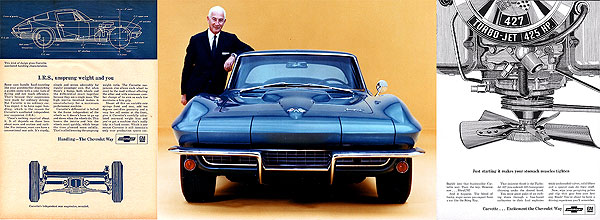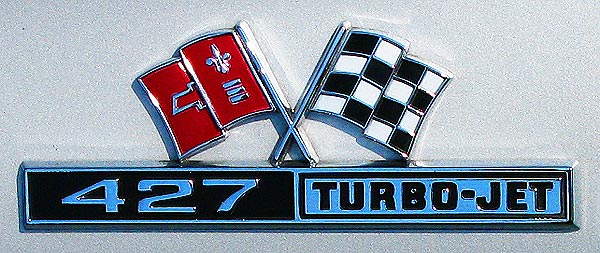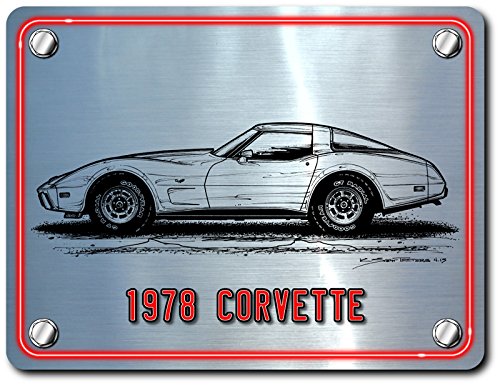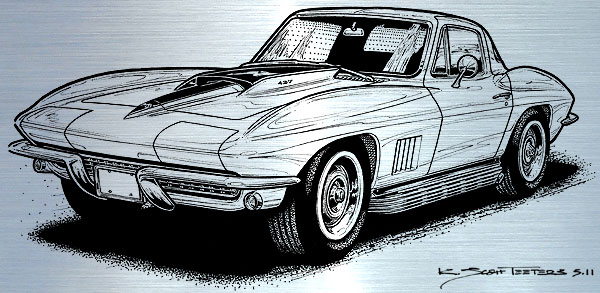The Mark IV Chevy Big-Block Becomes a 427!

Dateline: 9.2.15 – The year 1966 was a banner year for Corvettes for several reasons. It was the best sales year for the short, five-year run of the C2 Sting Ray with 27,720 cars built, and convertibles outsold coupes -17,762 convertibles (64%) and 9,958 coupes (36%). This was back in the days when convertible Corvettes actually cost LESS than coupes. The coupe’s base price was $4,295, while the convertible’s base price was $211 less, at $4,084. My, how things have changed! Not only was 1966 the best sales year of the C2 Corvettes, it was the best year ever for Corvettes to that date. The car had come a long way from its breakout year in 1956 when 3,467 Corvettes were sold.
 But the big news was under the hood. The Mark IV big-block arrived mid-year in ’65 as a 396 and the 327 Rochester Fuelie was phased out. For 1966, the Mark-IV big-block was opened up to its intended size, the magical 427-cubic-inches. Continue reading “
But the big news was under the hood. The Mark IV big-block arrived mid-year in ’65 as a 396 and the 327 Rochester Fuelie was phased out. For 1966, the Mark-IV big-block was opened up to its intended size, the magical 427-cubic-inches. Continue reading “
Corvette Timeline Tales: September 2, 1965 – Production of the ’66 Corvette Begins”




